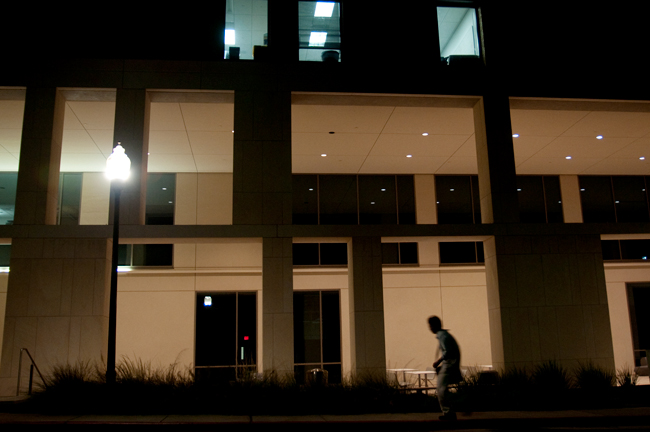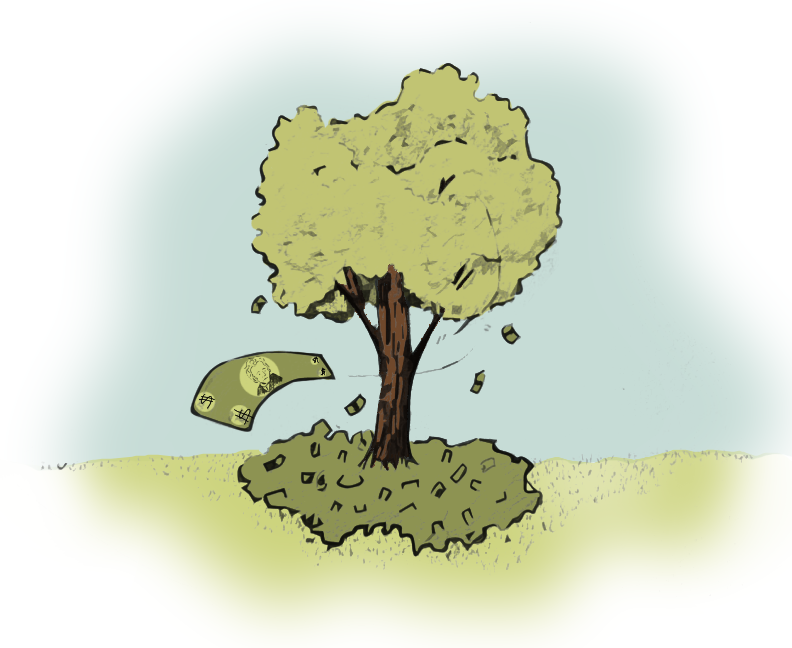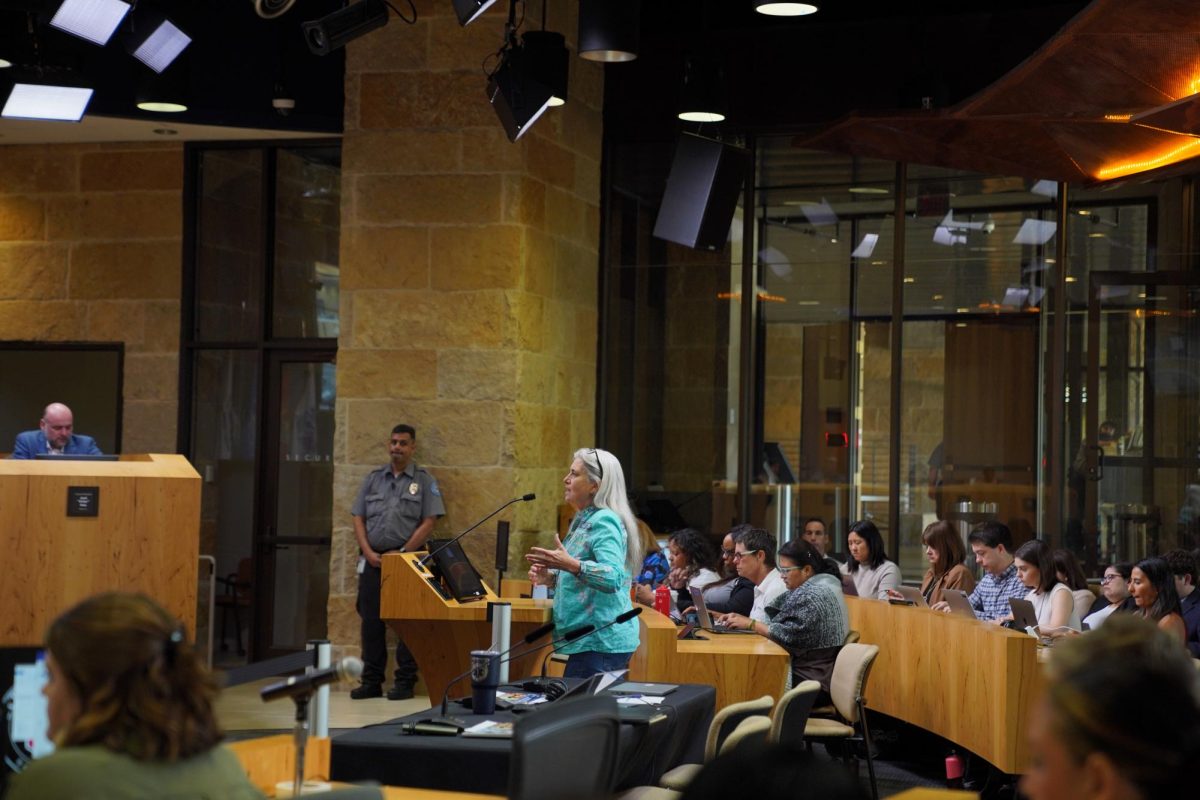Austinites may see their sky darken over the next two years due to a new policy enacted by Austin City Council which will replace traditional bulbs around the city with new ones to save energy.
To minimize the glare emitted by street lamps, Austin City Council decided June 7 to replace sodium bulbs with white light-emitting diodes. The council also enacted this policy to tackle light pollution, or light emitted into the night sky that keeps the city glowing in the dark. These new bulbs will save energy, last up to 15 years and reflect more light onto the street. Over the next two years $15 million will be spent to replace about 35,000 sodium bulbs throughout the city.
City Council will also replace dome-shaped streetlights, an older model streetlight in which the lens protrudes from the head structure, with a flat-glass lens to reduce the scatter of light. This replacement will cut down the amount of unnatural light expelled. It will also benefit those interested in stargazing, pedestrians and motorists, UT astronomy professor Derek Wills said.
“Light reflected back down to the ground will make it easier to stargaze and it will be better for those driving,” Wills said.
According to the University Operations website, UT has already made an effort to use more efficient lights. The UTakeCharge program was developed to reduce energy and water consumption on campus. UTakeCharge has changed 183,000 fixtures in buildings to use less wattage and has installed 2,300 occupancy sensors which detect motion.
Juan Ontiveros, executive director of utilities and energy management, said UT has fixtures located around campus that focus the light down which eliminates light pollution.
“When you look at the glow of a city at night you are looking at light pollution,” Ontiveros said. “UT has lights scattered around campus that reflect the light down.”
Similar efforts are underway in Central Texas by the Hill Country Alliance, a nonprofit organization dedicated to preserving natural resources. The organization is working to eliminate light emitted by outdoor lighting fixtures. Christy Muse, executive director of the Hill Country Alliance, said the alliance has partnered with the Pedernales Electric Cooperative, an electric cooperation based in Johnson City, to inform the public of simple ways to combat light pollution. She said their goal is to decrease light pollution so that the people can see stars at night.
“Most counties don’t have the tools necessary to combat light pollution so we have partnered with the Pedernales Electric Company to create awareness on the problem of light pollution,” Muse said.
The Pedernales Electric Cooperative took steps last summer to educate the community on the negative effects of unnecessary light emission. They focused on channeling light down instead of allowing it to seep up, which decreases the amount of light interfering with the dark sky.





















